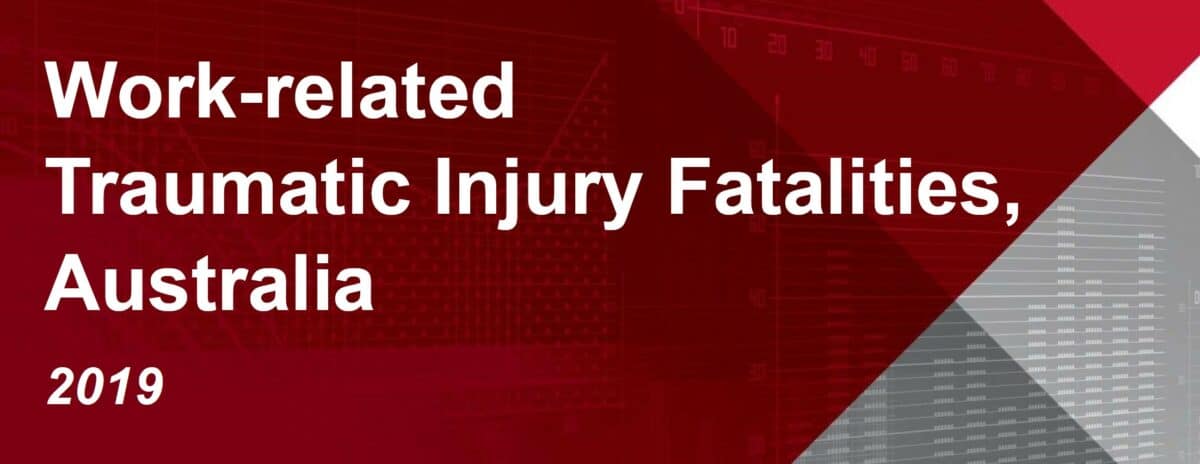The OHS Professional magazine for December 2020 contains a very good article about workplace psychological risks and the occupational health and safety (OHS) strategy to prevent mental harm. The only negative is that it is not published in a Human Resources magazine, or one for company directors. The preventative techniques are well known to the OHS profession and based on independent scientific evidence, but it is other managerial disciplines that need to learn the difference between preventing psychological harm and providing symptomatic relief.
Category: mental-health
‘No Bystanders Rule’ Bullshit
Guest Post by Dr Rebecca Michalak
About couple of weeks ago, the Australian Financial Review (AFR) featured a piece on a law firm that had introduced a mandatory approach to reporting sexual harassment – referred to as a ‘no bystanders’ rule.
To be clear upfront, here is my disclaimer – I am not directly commenting on the law firm in question; there isn’t enough information in the articles to make any objective judgements on that front. The references used from the two media pieces are for illustrative purposes only. Call them ‘conversation starters.’
In the AFR piece, the contractual obligation was outlined to involve:
“…chang(ing) ‘should’ (report) to ‘must’ – so any staff member who experiences, witnesses, or becomes aware of sexual harassment must report it,”
with the affiliated claim being,
Continue reading “‘No Bystanders Rule’ Bullshit”“That shift really reinforces that there is zero tolerance – and there are no confidences to be kept; it needs to be outed – bystanders [staying silent] will no longer be tolerated.“
Justice delayed is justice denied
The Ballarat Courier is reporting that the prosecution of Pipecon over the deaths of two workers from a trench collapse in March 2018 has been delayed again. It seems the reasons for the delay include renovation works on the courthouse and the workload of the Court. Judge Gerard Mulally‘s decision came the same week as a delegation of bereaved relatives attended Federal parliament in Canberra.
Suicide statistics could benefit from a different analysis
Regular readers of this blog would be aware that I feel that the prevention of suicide gains less attention than early intervention and that mental health has dominated suicide discussions to the point that suicides without a mental health context are largely ignored. This situation is starting to change with non-psychological pressures gaining some acknowledgement, if not examination. Mental health still dominates but the pool of contributory factors is expanding.
On 30 November 2020, the Medical Journal of Australia published the best recent example of this change, an article called “Suicide by young Australians, 2006-20415: a cross-sectional analysis of national coronial data.” The most useful statement in the research report, and the media release, is:
The never-ending line between healthy and sick
Infographics are increasingly used to summarise sometimes quite complex reports about occupational health and safety (OHS) matters. But often the nuance of the facts being depicted are stripped away in the translation process. There is one graphic that is repeatedly used in the context of mental health that seems to misrepresent reality for the sake of clarity.
Thanks, but we need more
Statistics are vital to any decisions about occupational health and safety (OHS). Safe Work Australia (SWA) does a great job providing statistical packages based on the data sources it can access. Last week SWA released its 2019 report on “Work-related Traumatic Injury Fatalities” which identified vehicle collisions as, by and large, the most common cause of worker fatalities. This category may be a surprise to many readers but perhaps the most important part of the report is what is omitted.
Evidence of COVID19 anxiety AND optimism
One of the first research reports into the psychological impacts of the COVID19 pandemic has been published in the Medical Journal of Australia. It studied the first month of the infection’s appearance in Australia and seems much more evidential than some of the marketing-based survey reports that have also appeared in the last three months. Below is a reformatted summary of findings from the report’s Abstract:
- “The estimated prevalence of clinically significant symptoms of depression was 27.6% and
- of clinically significant symptoms of anxiety 21.0%
- 14.6% of respondents reported thoughts of being better off dead or self-harm on at least some days and
- 59.2% that they were more irritable.
- An estimated 28.3% of respondents reported great optimism about the future.”
The structure of this study was limited to a specific timeframe – April 3-May 3 2020 – so it is no surprise that most of the respondents who had contracted COVID19 were from New South Wales which had outbreaks from the Ruby Princess cruise ship and several aged care facilities prior to the survey period.





